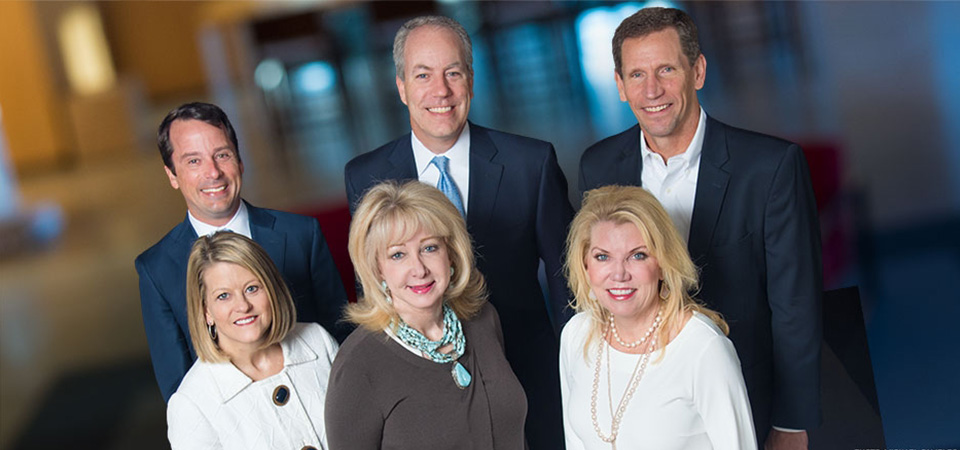This roundtable article originally appeared in the winter 2018 edition of the DFW Real Estate Review. An excerpt has been reprinted below.
Baby boomers, millennials, and every other generation occupy office space unlike any other time in history. Bocce ball, walking trails, craft coffee, and good highway access are just some of the things office employees are now demanding, and North Texas is delivering in spades. As sticker shock from rising office rents continues and talent wars rage on, where businesses choose to locate has become, if possible, even more critical. To sort through what tenants really want—and how real estate brokers can help them get it—we turned to the experts: Susan Arledge, T.D. Briggs, Bill Brokaw, Kim Butler, Marijke Lantz, and Paul Wittorf.
How does the Dallas-Fort Worth office market look at the end of 2017?
T.D. BRIGGS: Demand has surprised us — absorption is substantially higher than I would have thought. And, there’s a chance the fourth quarter could get close to 6 million square feet of absorption, which would surprise everyone. The first and fourth quarters were very dynamic. The second and third were fairly slow.
PAUL WITTORF: There was a little apprehension in the first and second quarters. There was a lot of uncertainty driven by the election. From a macro-level, there might be a little bit of gridlock. We’ve provided some certainty, and I think we’re seeing a “thawing out” of some of it. That could lead to a strong close in the fourth quarter—and certainly a good palate for 2018.
MARIJKE LANTZ: We see a lot of activity. From our perspective, there’s also a trend for new product. The [build-to-suit] product is slower, but tenants are looking to go to the higher-end properties in all submarkets. They’re willing to pay up for the higher-end properties: They can be more efficient in those products.
BILL BROKAW: I’d echo that. Whether it’s an existing Class A asset or a new development, the push is to be in those environments—not only from an amenities standpoint, but from a recruiting standpoint. [Tenants] typically bring some connection to nature and other amenities that millennials and baby boomers are looking for. That works for all ages.
SUSAN ARLEDGE: A tenant doesn’t have the luxury of knowing when they want to choose their lease. It expires when it expires. Market conditions are sometimes great and sometimes not — and they’re not so great from the tenant cost outlook. We see companies stepping back, rethinking, and echoing what Marijke said, “How do we have a more efficient space because rents are so high? We can’t continue to pay those kind of rents, but we need to attract and retain people.”
KIM BUTLER: It’s so apparent when you tour companies, whether they are coming from out of town or are in town: The HR person used to be one of the people on the tour, and perhaps they would consult in the decision. Now they are driving the decision. The questions that are being asked are from HR, and it’s all related to, “How are we going to create an environment for their company to attract and retain the very, very best?”
ARLEDGE: I saw a recent poll that 63 percent of CPOs are concerned about their talent pool. They’re not concerned about real estate cost.
You may continue reading this article here.
